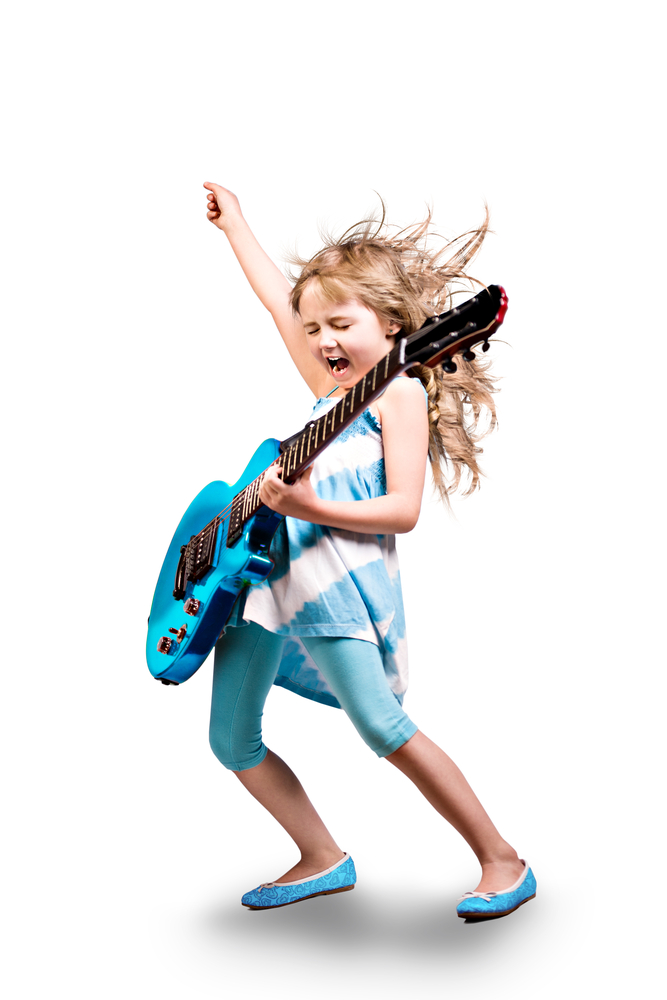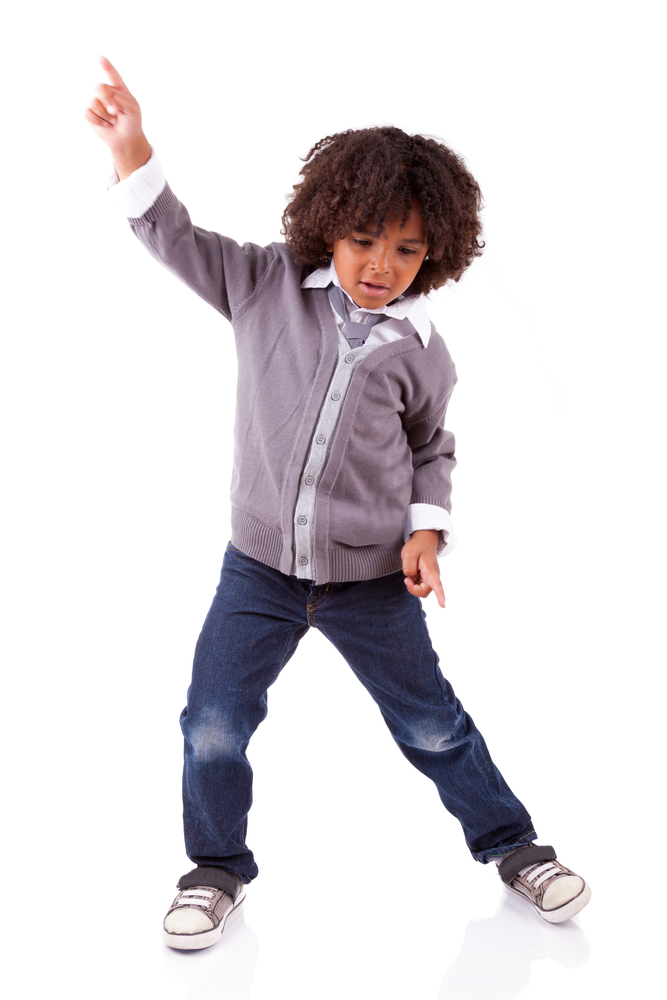Benefits of Music and Movement to Children’s Development
- 13 April, 2020 //
- For Parents, Teaching Resources //
- Tags : parent resources, parenting, teaching tips
- Comments Off on Benefits of Music and Movement to Children’s Development
Disclaimer: This post contains affiliate links, but all reviews and opinions are our own.
Dancing along to a song or singing a tune sounds like a simple activity to pass the time, but for children, it’s so much more. Numerous research studies have found that music is a major contributor to children’s growth and development. Combined with movement, music accelerates the development of cognitive, physical, emotional and social skills that can prepare a child for the big world.
Let’s take a look at the positive effects of song and dance to the development of children and how you can help your child reap these benefits.
Moving and Singing
Music has the ability to get us moving and it can also put us in the mood to simply sit back and relax. Play a happy, upbeat tune and you can see little children bouncing along to it. Turn the volume down and choose a soothing classical piece and you’ll find babies falling asleep without a fuss. Such is the effect of music on human behavior, and this is something you can use to help your child develop.
Moving along to music improves coordination among different body parts, allowing your child to develop motor skills. They learn to control movement, develop different muscle groups and get a good exercise. Dancing is great for muscle development, balance and strength. When children dance in a group, they also develop spatial awareness, allowing them to become less clumsy while paying more attention to others in the same space.

Young children with good gross motor skills are also able to hone their fine motor skills more quickly. This helps them when learning how to write and play a musical instrument such as an acoustic guitar, ukulele or a piano.
Singing, while not often seen as a strenuous physical activity, is actually a good aerobic exercise as well. Singing and dancing are aerobic exercises that improve the efficiency of the body’s cardiovascular system. They increase the amount of oxygen in the blood and make you alert, and trigger the release of hormones that are linked to feelings of happiness.
Soothing babies by singing lullabies and nursery rhymes is also a good way to develop emotional regulation in children.
Musical Activities at Home
Making song and dance a part of the everyday life at home is probably the best way to reap the benefits early on. Here are some fantastic ideas to make music and movement a family affair.
- Let your child play with toys that make sounds. We’re not just talking about toy instruments such as rattles and xylophones for babies. Even a simple wooden spoon can make a sound when hit against a bowl, so let your child experiment and discover the different sounds they can make using a variety of objects.
- Sing together. It really doesn’t matter if you think you sound like a goat – what matters is you for a bond with your child as they learn how to sing along! Start with popular nursery rhymes (such as “Twinkle, Twinkle” and “Baa, Baa, Black Sheep”), the birthday song, the alphabet song, and other fun songs for children.

- Incorporate music into your child’s everyday routine. Make up a wakeup time song, a snacktime song, a bathtime rhyme, a lunch ditty, a bedtime song, a pick-up-your-toys-time song and what have you. It makes these activities more enjoyable for little children too.
- Get dancing, get bonding. Encourage your child to move along to music by doing some dancing yourself. Infants and toddlers make simple movements that are fine-tuned as they grow. Dance with your child and you’ll be doing it until they have dancing children of their own!
What’s your experience with music and raising your kids? Tell us your story! If you’re looking to help kids learn piano, check out Skoove, a program which offers online interactive lessons and tutorials and resources to help people of all ages learn to play.


